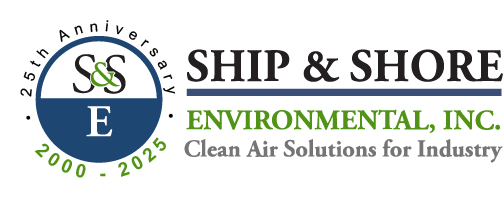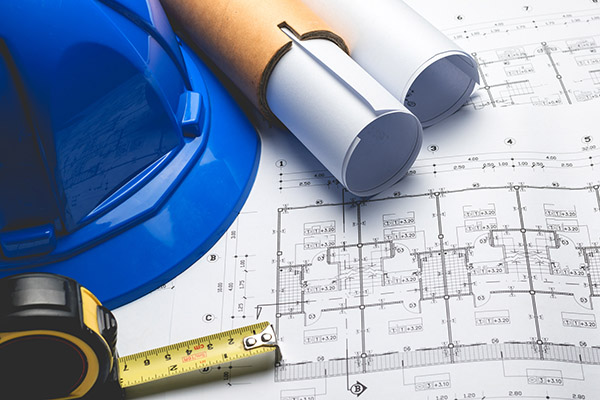Flare Selection
Flare Selection for the Chemical Process Industries
What is a flare?
A flare is a device that safely disposes of excess or unwanted gases and liquids during process operations at CPI sites.
Benefits of Proper Flare Selection
- Optimized capital
- Optimized operational costs
- Maintain compliance with environmental requirements
Flaring has been a long-proven effective technology for disposing of gases that are unable to otherwise be used. Different flaring techniques are utilized in the chemical process industries (CPI), depending on environmental regulations, site requirements, and process needs.
Different flare technologies offer tradeoffs among the following:
- equipment cost
- operating expenses
- design complexity
- process requirements
The proper selection of flare equipment has the potential to result in optimized capital and operational costs while additionally maintaining compliance with environmental requirements.
The improper application of a flare technology can lead not only to poor performance but to negative environmental impacts as well. This can then later result in significant costs and legal implications.
Flare Design
Flaring burns off the gas or liquid into the atmosphere. These gases and liquids are typically rich in heat content, allowing them to self-sustain the combustion without an additional external combustion gas.
- A typical flare consists of a gas inlet connected to a flare header.
- An ignition device at ground level and a pilot burner tip at the top of the flare header allows for combustion to be achieved. The gas to the pilot is usually provided from a utility source.
- To prevent any flashback into the process stream, a water seal or purge-gas arrangement is used.
- Water vapor and CO2 generated from a flare are then discharged into the atmosphere.
Flares are classified into two common types: elevated and ground flares.
Elevated Flares
Elevated flares are the most widely used flare type in CPI sites.
Elevated Flare Design
- The gases are combusted using flare headers that are located at a considerable height above the ground.
- They are classified into several types, depending on the type of gas, the incoming gas pressures, smoking or non-smoking requirements, heat radiation levels and location.
- They have an open flare associated with them.
Ground Flares
- Combustion of the gases takes place at ground level
- Enclosed in a refractory-lined chamber or enclosure
- Negatives – gases are released close to the ground so there is poor gas dispersion, ground flares are thus commonly used in situations where the gases to be burned are relatively clean and when reducing noise pollution is critical
Two Types of Flares
Single-Point Flares
- Can be smokeless or non-smokeless
- Air-assisted or steam-assisted designs
- Suitable for low-pressure applications and where smokeless burning is required
Types of Single-Point Flares
- Utility flares
- Air-assisted flares
- Steam-assisted flares
- Sonic flares
- Portable flares
Multi-Point Flares
- Used when improved burning performance is required.
- Designed to achieve smokeless burning at CPI sites.
Enclosed Ground-Flare Systems
Enclosed ground-flare systems are installed in situations where flame visibility is unacceptable.
Qualities of an Enclosed Ground Flare-System
- Used when measuring flare emissions is required
- Gases treated are typically low-flow and low-pressure exothermic waste streams
- Are required in areas where heat radiation must be kept to a minimum
- Come in both natural and forced-draft types
- Most units are temperature-controlled with sample ports available for measurements
Safety Considerations
Thermal radiation is the primary safety concern for flares. This is especially true for flares located closely to the boundaries of CPI sites.
Safety guidelines to consider:
- Flares must be operated in safe zones in a responsible manner
- It can be safest to increase the flare height or put up restrictions (such as signs or barriers) denoting the area as a low-access area for use
- Enclosing the flare(s) is another way of limiting radiation in plants that have limited area for use.
- Smokeless flares are sometimes desired in areas that are environmentally sensitive
- Adequate ventilation is required in facilities that are located close to flares
- Personal protective equipment must be provided, such as ear plugs or other protection, for the prolonged exposure to the noise generated by flares.
Engaging in emergency planning and prevention measure is imperative in the event of any flare malfunction. To ensure the proper functioning of the flares, regular maintenance is required as well as a backup plan in case of emergencies.
Parameters to consider in the design phase
Here are some of the key parameters that need to be considered while designing a flare:
Height: The height of the flares must be such that it prevents any burnt material from falling down onto the ground. Height is taken into consideration during air-dispersion modeling studies to prevent hazardous materials from entering breathing air.
Capacity: Flare capacity must be sized so that it is large enough to handle gas releases from relief valves, emergency systems and blowdowns from different processes. Improperly sized flares can lead to flare damage and can also cause explosions.
Flashback: Flashback is a situation where flames can travel back into the process piping. To prevent flashback, flares are designed with water seals or purge-gas systems.
Flare Performance
Flares usually operate at a combustion efficiency of 98% for converting organic compounds to CO2 and water vapor. Greater than 98% efficiency is achievable if the flares are properly designed.
The key parameters and testing methods to measure the performance of flares are the following:
- Thermal radiation – measured using sensors and radiant heat-flux monitors
- Ringelmann chart – commonly used to measure the smokiness of a flame
- Flame intensity – measured using flame intensity monitors
- Combustion efficiency – measured using Fourier transform infrared (FTIR) methods. FTIR uses remote-sensing technology to detect combustible products, such as carbon dioxide, carbon monoxide and select hydrocarbons.
- Emissions levels – inferred measurements that consider the amount of gas flare as well as the emission and oxidation factors
- Noise levels – noise meters are at different points in the flare, as functions of either pressures or flowrates
- Pilot flame stability – usually tested using scanning devices, such as ultraviolet (UV) scanners
With all these various performance factors that may influence selection of a flare system, determining a starting point for the process of designing and selecting a flare technology can be difficult. By evaluating the design considerations discussed in this article, engineers can assess the available technologies and the performance expectations of each flare before beginning the flare selection process. Considering safety, environmental impact, and social impact, selection of the right flare is critical for the overall design of the flare.
Read the original article by our COO, Anu Vij, here.


